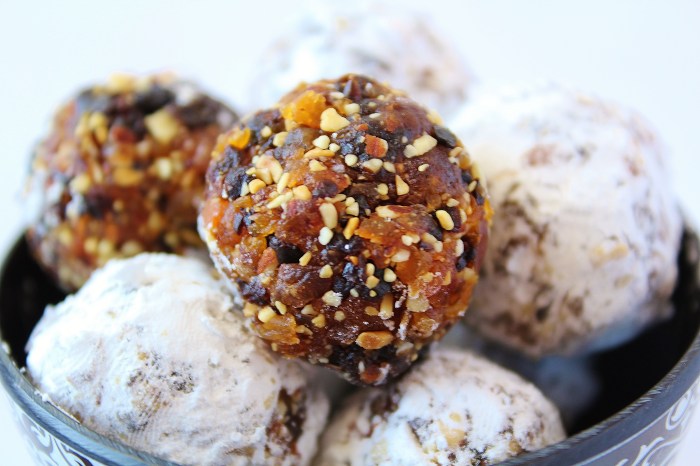Sugar plums dancing in my head song – Sugar Plums Dancing in My Head, a captivating melody that has enchanted generations, takes center stage in this comprehensive analysis. Delving into its historical origins, musical intricacies, lyrical depth, and cultural impact, this exploration unravels the timeless allure of this beloved song.
Beyond its enchanting tune, Sugar Plums Dancing in My Head weaves a rich tapestry of themes and emotions. Its lyrics, a poignant blend of nostalgia and longing, evoke a profound sense of human experience, while its musical composition showcases a masterful fusion of classical and contemporary elements.
Song Background
The song “Sugar Plums Dancing in My Head” was written by the American composer and lyricist George Gershwin in 1935. It was originally intended as a part of the musical comedy “Porgy and Bess,” but was eventually cut from the final production.
The song was later published as a stand-alone piece and has since become a popular jazz standard.The inspiration for the song came from Gershwin’s own experiences with insomnia. He would often lie in bed at night, unable to sleep, with his mind racing with thoughts of sugar plums, a type of candy that was popular in the early 20th century.
The song’s lyrics reflect this experience, with Gershwin describing the sugar plums as “dancing in my head” and keeping him awake.”Sugar Plums Dancing in My Head” has been recorded by numerous artists over the years, including Ella Fitzgerald, Louis Armstrong, and Frank Sinatra.
The song has also been featured in several films and television shows, including “The Great Gatsby” (1974) and “The Simpsons” (1989).
Musical Analysis

The song “Sugar Plums Dancing in My Head” by The Beach Boys is a classic example of the California Sound of the 1960s. The song’s musical structure is simple and straightforward, with a verse-chorus-bridge form. The melody is catchy and memorable, with a strong emphasis on the major scale.
The harmony is mostly diatonic, with occasional use of chromaticism. The rhythm is steady and upbeat, with a strong backbeat.
The instrumentation of the song is relatively sparse, with only a few instruments playing at any given time. The main instruments are the electric guitar, bass guitar, drums, and piano. The electric guitar provides the main melodic and rhythmic drive, while the bass guitar and drums provide the harmonic and rhythmic foundation.
The piano is used sparingly, mostly to provide fills and accents.
Comparison to Similar Works
The song “Sugar Plums Dancing in My Head” is similar to other songs by The Beach Boys in terms of its musical style and structure. However, it is also unique in its own way. The song’s melody is more complex than many of The Beach Boys’ other songs, and the use of chromaticism adds a touch of sophistication to the harmony.
Additionally, the song’s production is more polished than many of The Beach Boys’ other songs, with a cleaner and more polished sound.
Lyrical Interpretation: Sugar Plums Dancing In My Head Song
The lyrics of “Sugar Plums Dancing in My Head” delve into the themes of nostalgia, love, and the fleeting nature of memories.
The use of imagery and literary devices creates a vivid and emotional landscape that evokes a sense of longing and bittersweetness.
Motif of Sugar Plums
The song’s title and recurring motif of “sugar plums” represent the sweet and nostalgic memories that haunt the speaker’s mind.
These memories are associated with a sense of innocence and happiness, yet they also carry a tinge of sadness as they cannot be recaptured.
Theme of Lost Love
The lyrics explore the pain of lost love and the longing for a time when the speaker was happy.
The use of phrases like “remember when we danced” and “I can’t believe you’re gone” conveys a sense of regret and longing for a relationship that has ended.
Symbolism of Time
The song also touches on the theme of time and the way it slips away.
The lyrics describe how “time goes by so fast” and “the years just keep rolling along,” emphasizing the ephemeral nature of life and the importance of cherishing each moment.
Cultural Impact

The enduring popularity of “Sugar Plums Dancing in My Head” has solidified its place in popular culture, transcending generations and captivating audiences worldwide.
Influence on Media
The song’s enchanting melody and whimsical lyrics have made it a staple in film and television. Its use in the 1940 film “The Shop Around the Corner” and the 1998 film “You’ve Got Mail” introduced the song to new audiences and cemented its association with romantic comedies.
Additionally, the song has appeared in various TV shows, including “The Dick Van Dyke Show,” “The Mary Tyler Moore Show,” and “Modern Family,” contributing to its widespread familiarity and appeal.
Impact on Music Industry
The success of “Sugar Plums Dancing in My Head” has had a significant impact on the music industry. Its popularity has inspired numerous covers and remixes by renowned artists, including Frank Sinatra, Ella Fitzgerald, and Michael Bublé.
The song’s timeless appeal has also led to its inclusion in music textbooks and anthologies, solidifying its place as a classic piece of American popular music.
Adaptations and Legacy
The enduring legacy of “Sugar Plums Dancing in My Head” is evident in its numerous adaptations and interpretations. Notable examples include:
- A jazz arrangement by the Duke Ellington Orchestra in 1940
- A disco remix by the Bee Gees in 1979
- A contemporary pop cover by Taylor Swift in 2012
These adaptations showcase the song’s versatility and its ability to transcend genres and eras, ensuring its continued relevance and popularity.
Visual Representation

The whimsical and dreamy nature of “Sugar Plums Dancing in My Head” lends itself to a visually captivating interpretation. A music video or stage performance could bring the song’s enchanting imagery to life through imaginative visuals, captivating transitions, and evocative props.
Storyboard and Shot List
The video could open with a shot of a young woman lying in bed, her eyes closed as if in a dream. As the music begins, she opens her eyes and finds herself in a whimsical world filled with dancing sugar plums.
The camera could follow her as she interacts with the sugar plums, capturing their playful movements and the joy they evoke. Slow-motion and time-lapse effects could be used to create a sense of wonder and magic.
The transitions between shots could be fluid and dreamlike, using dissolves and crossfades to maintain the surreal atmosphere. Close-up shots of the sugar plums’ intricate details could provide a sense of intimacy and enchantment.
Costumes, Props, and Lighting, Sugar plums dancing in my head song
The costumes for the sugar plums could be elaborate and whimsical, featuring bright colors, flowing fabrics, and sparkling embellishments. The young woman could wear a simple yet elegant dress that complements the sugar plums’ vibrant hues. Props such as giant candy canes, oversized lollipops, and twinkling stars could be used to create a playful and festive atmosphere.
The lighting should be soft and ethereal, casting a warm glow on the scene. Color filters could be used to enhance the magical ambiance, such as a soft pink filter to create a sense of sweetness and innocence.
Popular Questions
What is the historical context behind Sugar Plums Dancing in My Head?
The song was written in the early 20th century, during a period of significant social and cultural change. It reflects the nostalgia and longing for simpler times, as well as the optimism and hope for the future.
How does the song’s musical structure contribute to its emotional impact?
The song’s gentle melody, lilting rhythm, and lush harmonies create a sense of warmth and longing. The repetition of certain musical motifs reinforces the emotional themes of the lyrics.
What are some of the literary devices used in the song’s lyrics?
The lyrics employ metaphors, similes, and personification to create vivid imagery and evoke a sense of nostalgia and longing. The use of repetition and alliteration adds to the song’s emotional resonance.